Known as America’s oldest seaport, Gloucester is located on the beautiful Cape Ann peninsula. With access to the Atlantic Ocean and its abundant marine life, fishing in Gloucester is a thrilling and rewarding experience that’s been cherished for centuries.

This charming coastal town can hardly disappoint. Gloucester boasts a rich maritime history and vibrant fishing culture that is deeply embedded in the town’s heritage. As soon as you step foot in the harbor, you’ll immediately be greeted with fishing boats of all sizes, eager to venture out to the productive fishing grounds.
In this guide, we’ll cover everything you need to know about Gloucester’s angling opportunities. We’ll talk about the top species, spots, and techniques that make this place so special. Let’s dive in.
What can I catch while fishing in Gloucester?
Thanks to Gloucester’s prime location on the Atlantic coast, its rich waters provide an ideal environment for a generous variety of fish species. From Tuna to Striped Bass, you can expect to test your angling skills against some pretty challenging creatures. Let’s take a look at the top species you can catch, in no particular order:
Tuna

Gloucester is known for its Bluefin Tuna fishing. These powerful creatures are highly prized among all saltwater fishermen, offering a challenging, yet rewarding fight. The fishing season peaks in summer, but you can find these brutes anytime between June and November.
Tuna fishing is typically done offshore. Some anglers prefer slow trolling with live bait, such as mackerel or herring. One of the best spots for Tuna fishing in the area is Stellwagen Bank National Marine Sanctuary. It offers a rich feeding ground not only for Tuna, but also Haddock and Cod, so head there and prepare for a lengthy battle.
It’s important to note that, just like many other species, Tuna are heavily regulated. There are strict size and bag limits, which you should check in advance.
Striped Bass
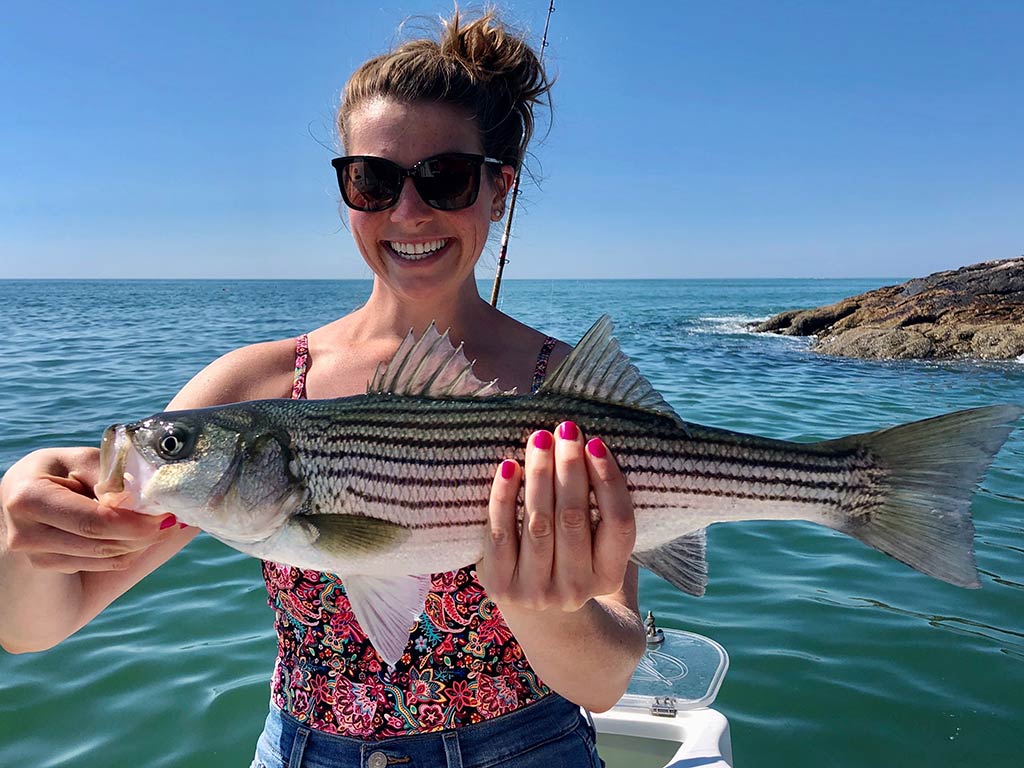
Many anglers from all over the country come to Gloucester to fish for Striped Bass whenever the season allows. The best time to hunt for Stripers is from May to October, with peak season in June and July.
One of the best things about Striped Bass fishing is that you can find them both inshore and offshore. If you’re up for a ride, check out Stellwagen Bank and Jeffreys Ledge. If you’d rather stay closer to shore, try fishing the Annisquam River, the Essex River, or the Cape Ann shoreline.
There’s a variety of tried and tested methods that locals use to entice Striped Bass to bite. Some anglers anchor the boat and cast out live bait, such as eels or mackerel. Another popular technique is fishing on the surface with artificial lures, such as topwater plugs or soft plastic baits. Whatever you try, you’ll be joining in a Massachusetts tradition by going after Striped Bass!
Cod
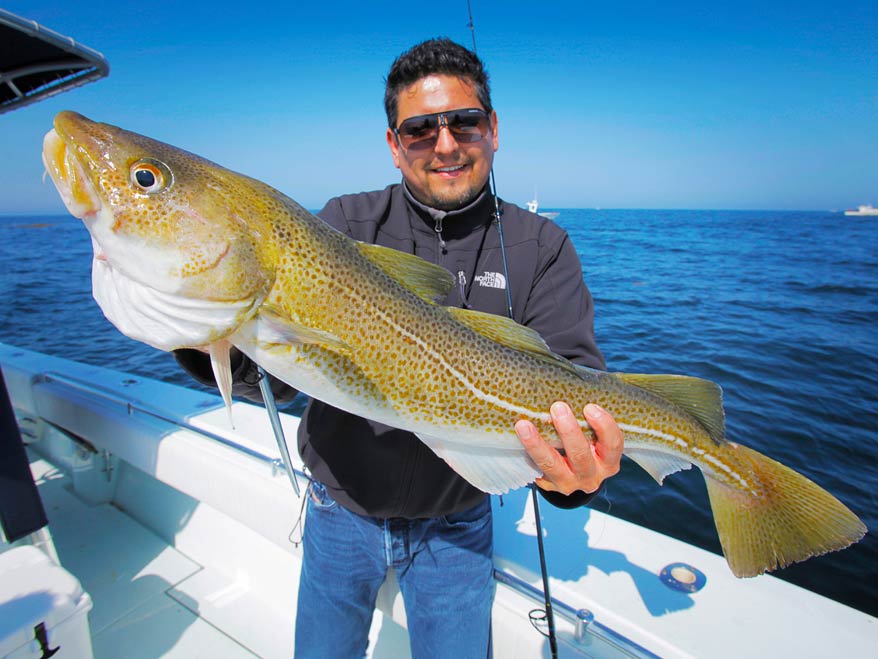
Gloucester is also well-known for its generous populations of Atlantic Cod. These fish bite best from early spring to late fall, with peak season between May and September. Similar to Tuna, you’ll need to hop on a boat to reach the most productive Cod spots.
Cod patrol both offshore waters and some nearshore grounds. Some of the best spots include the Stellwagen Bank National Marine Sanctuary, Jeffreys Ledge, and Tillies Bank. If you’re staying nearshore, look for rocky ledges along the shoreline, reefs, and wrecks that dot the ocean floor.
Cod fishing in Gloucester is mostly a jigging business. You’ll drop a weighted lure to the bottom of the water column and then jerk it up and down to entice the bite. Alternatively, you can try bait fishing using herring or squid.
Haddock
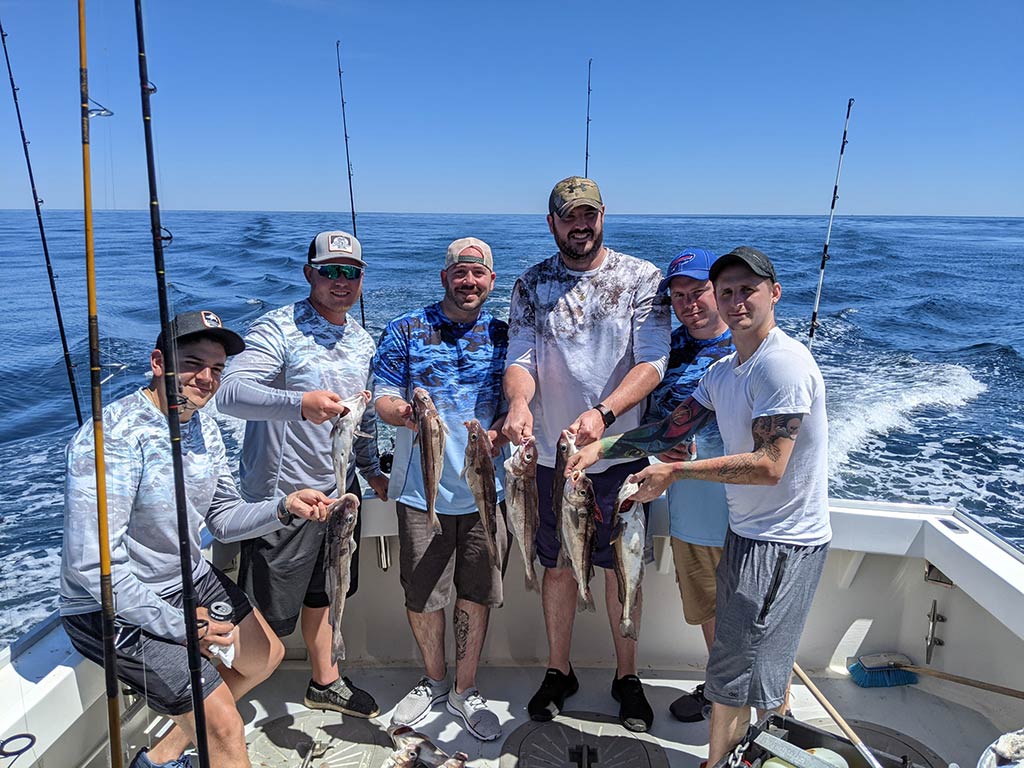
Seafood enthusiasts and game fishermen go Haddock fishing in Gloucester from early spring to late fall. The peak season runs from May to September, with solid action in both inshore and offshore waters.
A two-hook rig with bait, such as squid, is a popular setup to land Haddock. Anglers drop the rig to the bottom and wait for the fish to bite. Another technique that produces good results is jigging.
Haddock fishing in Gloucester is typically done on a boat. Your captain will take you to the Stellwagen Bank National Marine Sanctuary, Jeffreys Ledge, and Tillies Bank if you plan an offshore trip. Inshore, you can look for the fish around rocky ledges, reefs, and wrecks.
Halibut
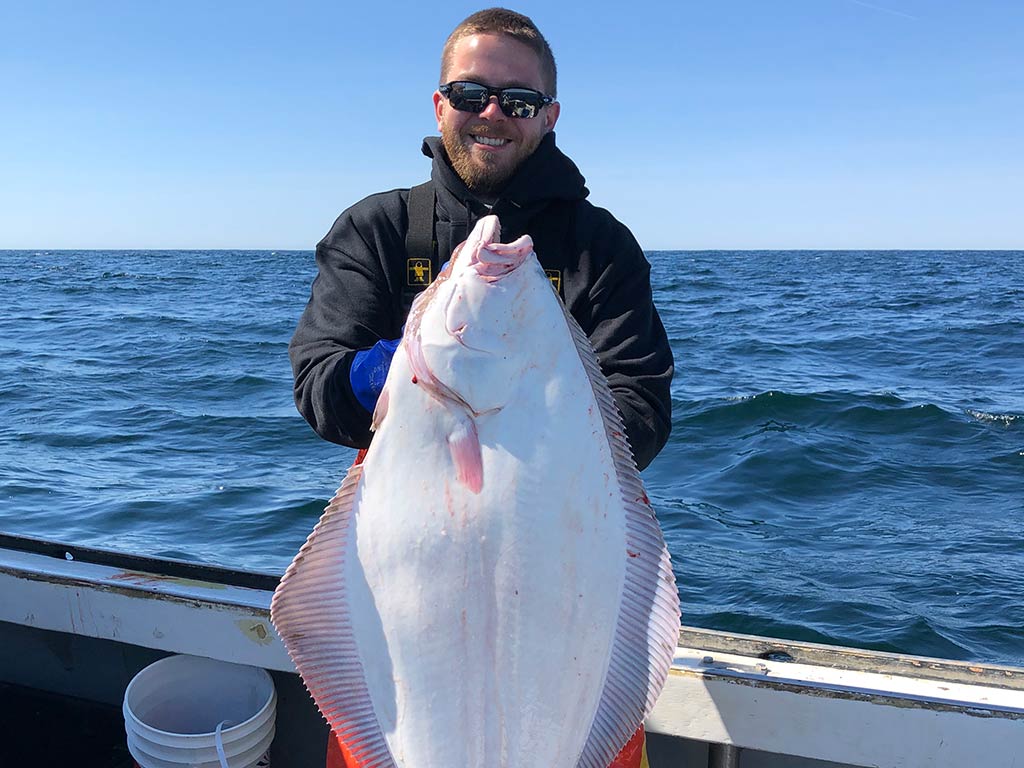
From mid-June to mid-October, the offshore grounds of Gloucester become busy with fishermen trying to catch Halibut. As highly prized game fish, these creatures hang around deepwater ledges and shoals, waiting to attack their prey.
Locals pack heavy rods and reels to take on the weight of Halibut. You can use live bait and switch between jigging, trolling, and drifting, depending on the spot. Some anglers prefer to use circle hooks.
Stellwagen Bank National Marine Sanctuary with its deepwater ledges is a perfect habitat for Halibut. As well as that, you can head 25 miles east of Gloucester to fish Tillies Bank or hit the waters just a few miles north of the city to explore Fippennies Ledge. The Wrecks and Jeffreys Ledge are other popular Halibut spots, too.
Flounder
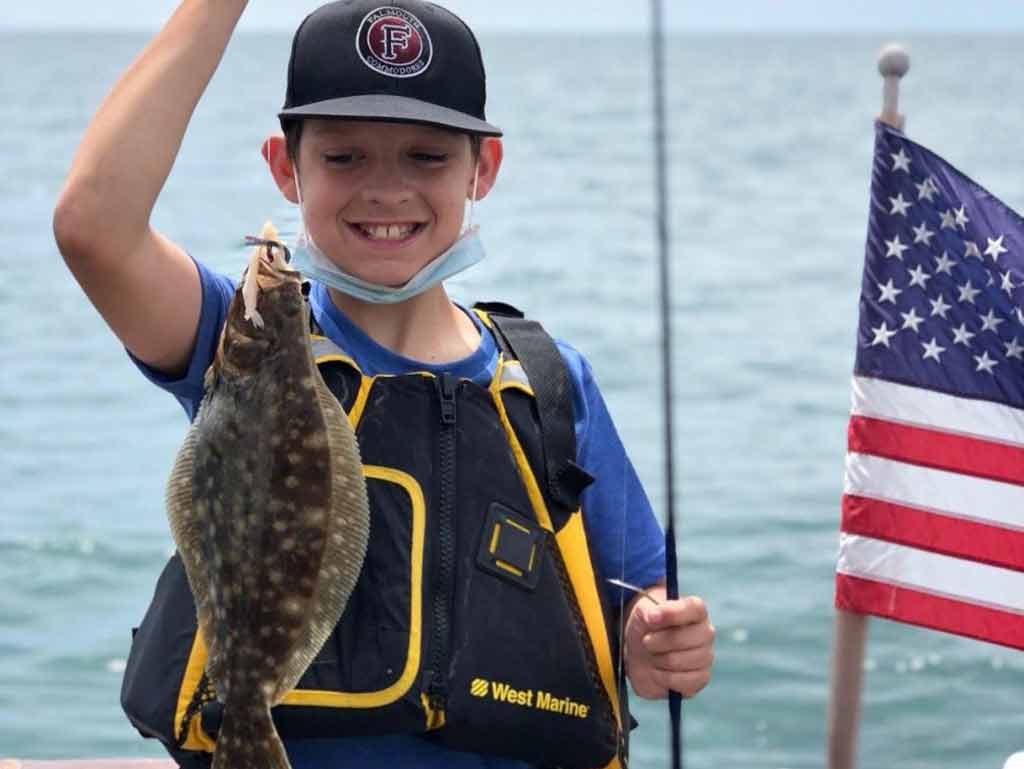
Gloucester offers excellent Flounder fishing opportunities. The waters around the city are home to a variety of Flounder – including Fluke, the summer version. You can typically find them inshore in shallow waters around estuaries, bays, and tidal flats. Flounder hang out in sandy and muddy bottoms, hiding from predators.
Flounder fishing in Gloucester is a year-round pleasure. However, most anglers prefer to fish for them during summer, when the fish move into shallower waters. Head to Ipswich Bay, the Annisquam River, Dog Bar Breakwater, the Lanesville Flats, or Gloucester Harbor for the best action.
Locals suggest using a light to medium spinning rod with fast action, and a matching reel with a high gear ratio. When picking bait, consider smaller fish or squid. Artificial lures such as jigs and soft plastics also work well.
Where can I go fishing in Gloucester?
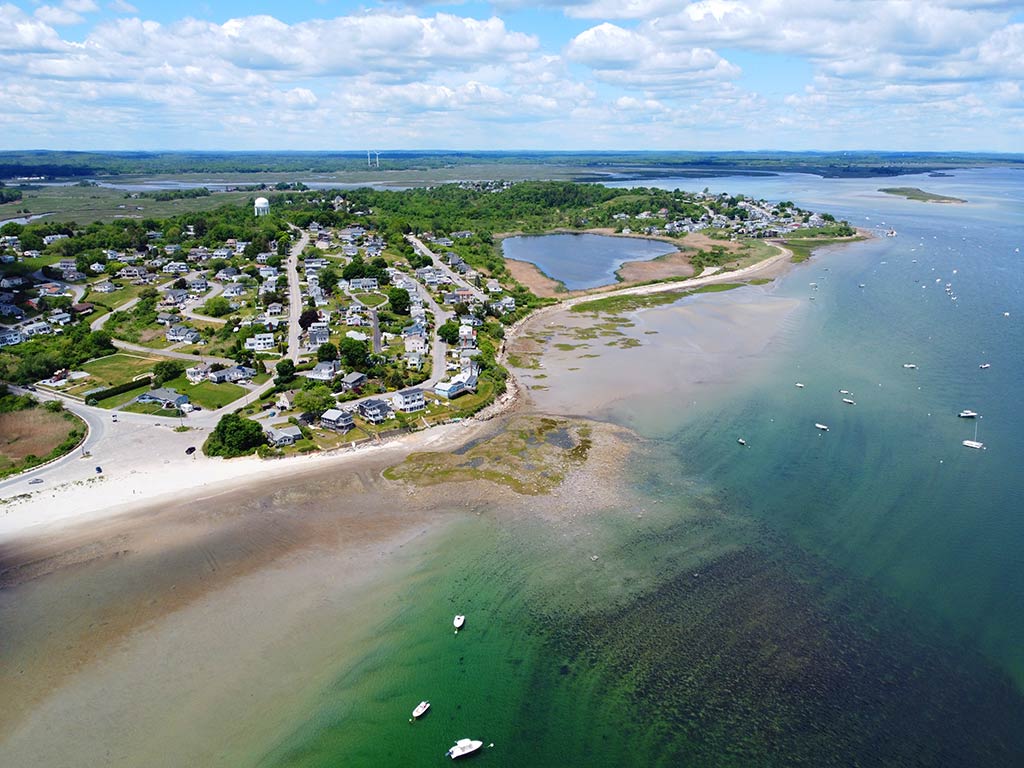
As you might have already guessed, there are plenty of fishing spots in Gloucester, both inshore and offshore. Whatever you prefer, chances are that this wonderful city will suit your fishing style. Let’s take a look at some of the top spots in the area:
- Stellwagen Bank National Marine Sanctuary. The Stellwagen Bank is located just off the coast of Gloucester. This is a popular Halibut fishing spot with deepwater ledges and shoals.
- Tillies Bank. Located about 25 miles east of Gloucester, Tillies Bank is another productive spot for Halibut anglers. The bank is home to a number of deepwater shoals and ledges, which, in turn, attract bottom-dwelling fish.
- Fippennies Ledge. Just a few miles north of the city lies Fippennies Ledge, a popular spot for anglers of all skill levels. The area is known for its rocky bottoms, which is an excellent habitat for Halibut.
- The Wrecks. There are a number of wrecks located off the coast of Gloucester. These are home to a selection of species that most anglers want to tick off their bucket list.
- Eastern Point. Located at the tip of Gloucester Harbor, Eastern Point is a popular spot for inshore fishing. The area is known for its sandy and muddy bottoms, which is ideal for Flounder fishing.
- Dog Bar Breakwater. Locals sometimes call Dog Bar Breakwater the number one spot for winter Flounder. The area is accessible by boat or by wading.
- The Lanesville Flats. These flats are located just north of Gloucester Harbor and are especially productive in spring and fall.
- Ipswich Bay. This large bay just south of Gloucester is a popular spot for Flounder fishing. But that’s not all. You can get your hands on several other species, too.
- Jeffreys Ledge. This area is located about 15 miles east of Gloucester and is known for its steep drop-offs and rocky ledges.
How can I go fishing in Gloucester?
Now that you know which fish species you can catch and where to find them, let’s discuss how to fish for them. There are multiple ways you can explore the productive waters in Gloucester, including shore fishing, surfcasting, charter fishing, and even kayaking. Depending on the experience you’re hoping to have, you can simply wet a line from shore or head offshore to battle larger fish.
Surfcasting in Gloucester

Surfcasting is one of the most popular ways to fish in Gloucester. Essentially, you cast your line from the beach into the surf to target Striped Bass, Flounder, Bluefish, and other species. If you’re planning a surfcasting trip, look for spots with structure, such as jetties or rocks, or head to feeding grounds, such as channels.
When surfcasting, you’ll need a surf rod, which is a long and sturdy rod that can handle heavy lures and, of course, big fish. You’ll also need a spinning reel with a high line capacity, as well as a variety of lures and baits to try. Locals use metal spoons, bucktail jigs, and topwater plugs, along with various types of live bait, such as mackerel and sandworms.
Charter Fishing in Gloucester
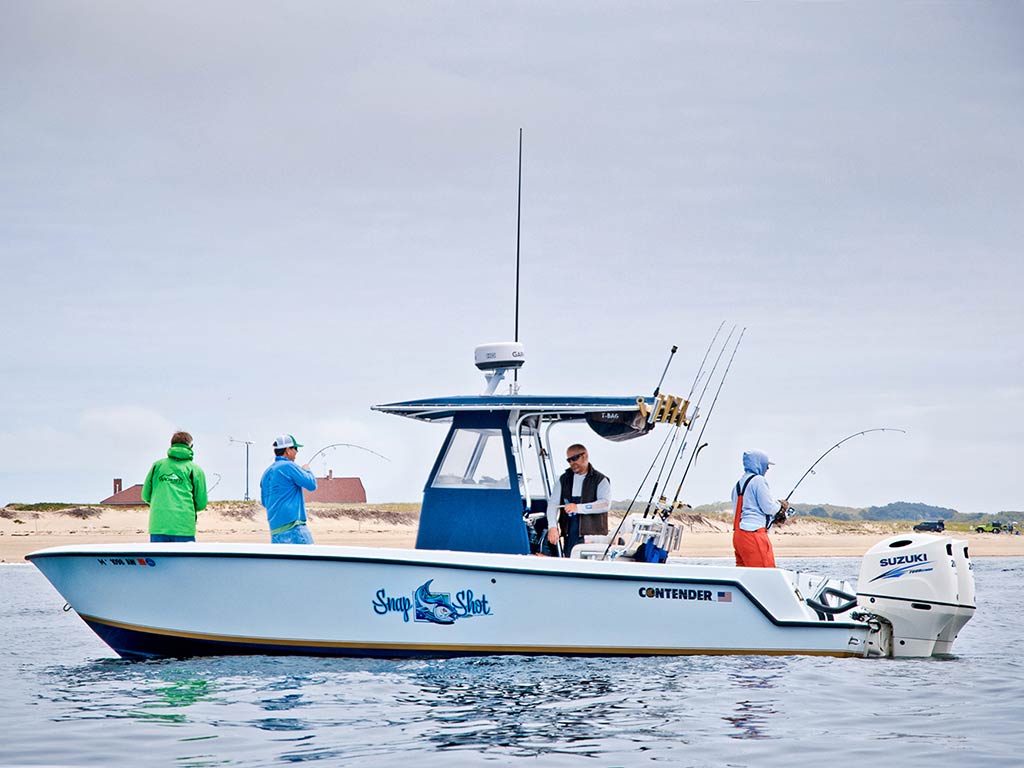
Whether you’re a complete beginner or a seasoned pro, you can only benefit if you go fishing with a local captain. Booking a fishing charter helps you learn a lot about Gloucester and its angling opportunities. Anglers fishing on a charter boat will get the chance to fish like a local, no matter which technique you end up using.
A professional crew can tailor your trip to meet your expectations. You can try your hand at different techniques, check various spots throughout the area, and increase your chances of landing that dream catch. Plus, the crew usually carries all the necessary equipment for pretty much all fish. Whether trolling, jigging, or bottom fishing, your guide will have you covered.
Kayak Fishing in Gloucester

Kayak fishing in Gloucester is a unique way to catch some fish and have fun. You can paddle your kayak to remote fishing locations that other vessels can’t get to. Not only will you avoid boat traffic, but you’ll also have the calmer waters pretty much all to yourself.
Speaking of fishing by yourself, you’ll need a stable fishing kayak with enough storage space for your gear if heading out alone. As well as that, you’ll need a rod and reel that can handle the weight of lures and fish. However, it’s never a bad idea to head out with a local guide. Consider booking a trip with a professional angler who specializes in kayak fishing. Just like charter fishing, exploring Gloucester with a knowledgeable kayak fishing pro increases your chances at a successful catch.
When can I go fishing in Gloucester?
The best time to fish in Gloucester depends on which species you’re after. While there are closed and open seasons for some fish species, the bite is solid throughout the year. Overall, you can either tailor your trip to a specific fish, or come during the summer months for a real mixed bag.
If you’re after Tuna, consider booking a trip for a period from June through October. Typically, the season opens June 1, although the success of your trip might depend on how mild the winter has been. Striped Bass and Haddock also actively bite during this time. If you’re planning a winter fishing trip, you can target Flounder.
Note that there are various fishing regulations that everyone needs to follow. For example, you can only keep three Bluefin Tuna per boat, measuring between 27 and 47 inches, and one Halibut with a minimum size of 41 inches.
Fishing in Gloucester FAQs
Fishing in Gloucester: America’s Oldest Seaport
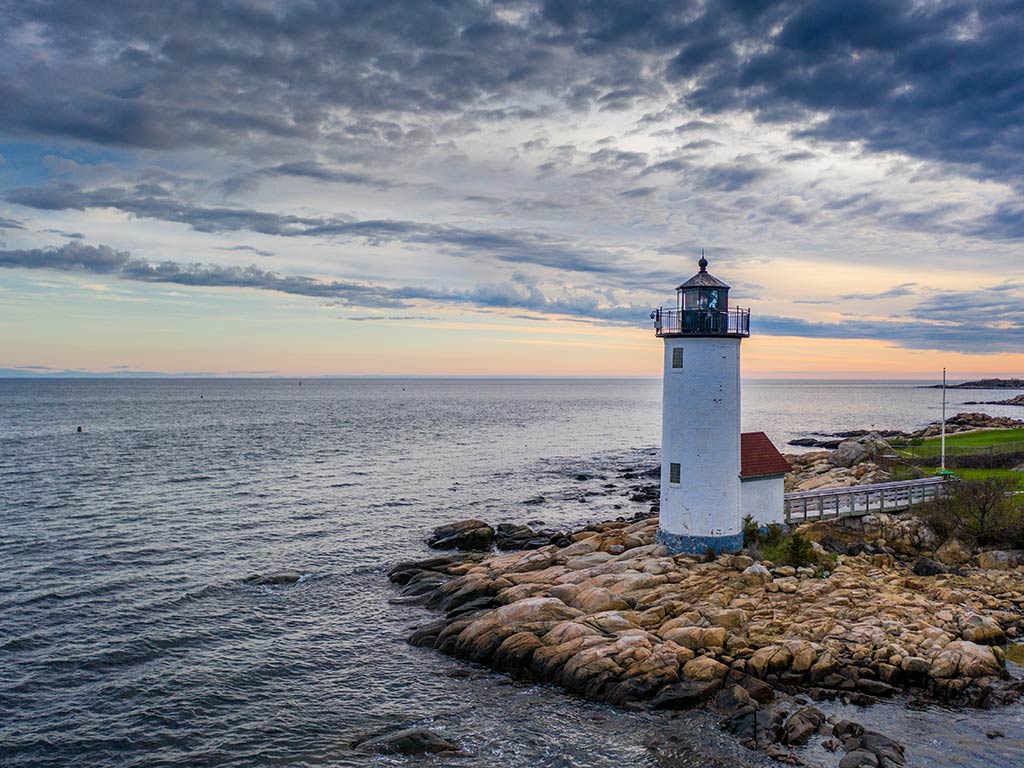
From the thrill of catching Bluefin Tuna to the peacefulness of shore fishing, Gloucester has it all. Fishing in Gloucester isn’t just about catching fish – it’s a mix of history, culture, and local knowledge. With its charming harbor, abundant fish, and experienced captains, this is a destination that every angler should visit at least once in their lifetime. It’s high time you gave it a go!
Have you ever been fishing in Gloucester? What’s your favorite fish to target? Did we miss something? Let us know in the comments below!
The post Fishing in Gloucester, MA: The Complete Guide appeared first on FishingBooker Blog.
https://ift.tt/mH53q7K
0 Comments
Enregistrer un commentaire